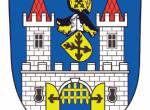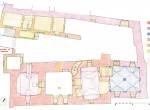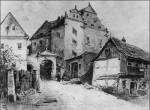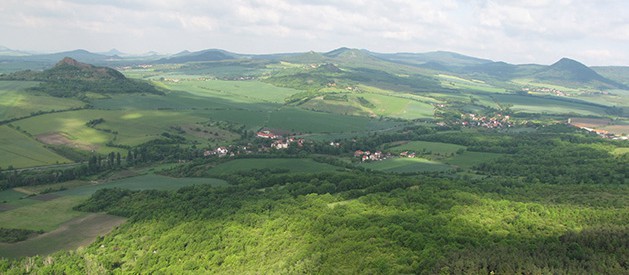
Golden Trail over the Land of Castles
The "Golden Trail over the Land of Castles" with a total length of 93 km from Budyně nad Ohří to Úštěk connects most of the important castle monuments in the area of the Central Bohemian Uplands.
The Central Bohemian Uplands are surely a region with a unique atmosphere of beautiful nature, high basalt mounds and - above all - the land of castle ruins that crown these magnificant peaks. And those wonderful views of the region… you will love them! You will not see anything similar in the Czech lands. Moreover, few people realize that the Central Bohemian Uplands is the place where the oldest Czech legends take place and that it is also the only region where the invincible Czech military leader Jan Žižka from Trocnov imprinted his strategic genius on his own castle - Kalich.
Stops
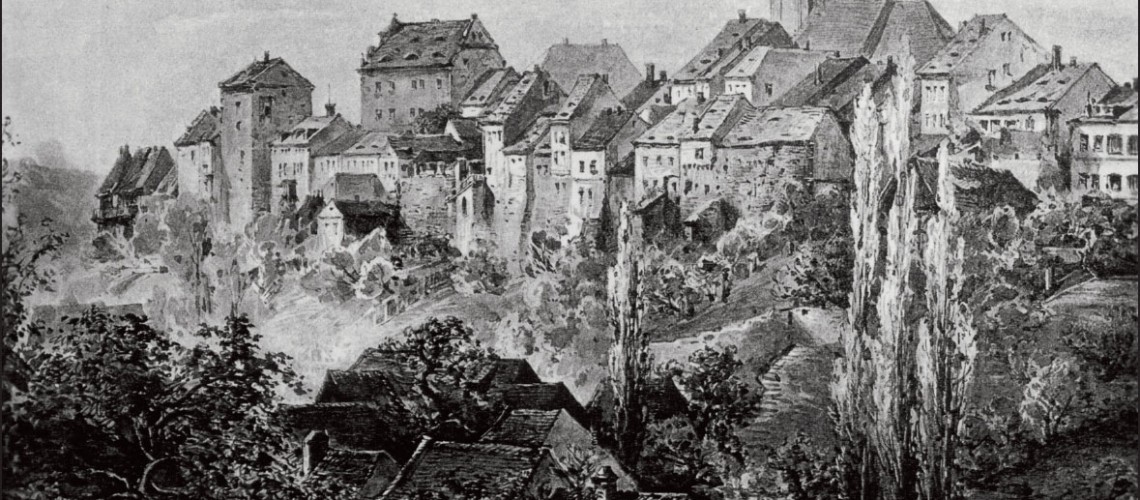
Úštěcká ostrožna
Archaeological findings prove that the Uštěk promontory was inhabited as early as the 10th century. Úštěk reached a more important position in the 14th century, when the lords of Michalovice began to transform the village into a town and at the same time gave it town rights.
This probably happened sometime between 1334 and 1354, but it is first mentioned as a town only in 1361, when Petr of Michalovice voluntarily granted it to himself as a fief. In 1387, the indebted lords of Michalovice mortgaged Úštěk to the Berks of Dubá, who continued building it; sometime between 1402 and 1408, Úštěk Castle was also built. In 1426, Úštěk was bought from the Lords of Dubá by the Hussite governor Václav Carda of Petrovice, who often came into conflict with the Catholic party. During these troubled times, the town was plundered and subsequently fortified by Carda. Between 1471 and 1621 Úštěk belonged to the Sezim of Ústí and after them, until 1773, to the Jesuits. From the end of the 18th century, the property situation in the town began to shift more and more in favour of the townspeople of Úštěk; the 19th century brought the development of hop growing and processing. In 1850 Úštěk gained the status of a judicial district, which it retained until 1953. A significant change in the composition of the population occurred as a result of the displacement of Germans in 1945. The centre of Úštěk is a conservation area with a number of buildings of high monumental value: apart from the castle, we can mention at least the original Gothic church of St Peter and Paul from 1764 - 1772 and the deanery building from 1720 - 1722, which is probably the work of the Italian builder Octavio Broggio from Litoměřice. The original, partly late Gothic townhouses on the square are one-storey, partly with steep gables, some with arcades.
Castle
Úštěk town castle was founded by the Škopeks of Dubá sometime between 1402 and 1408; the first explicit mention of it dates back to 1418. In 1426, the estate was bought from Aleš Škopek of Dubá by the Hussite governor Václav Carda of Petrovice, and in 1428 Úštěk was conquered and burnt down by Sigismund of Vartemberk. The castle was apparently badly damaged at that time, but Václav Carda had it repaired and partially rebuilt. After Carda's death (1471), the Úštěk estate passed into the hands of the Sezim of Ústí, under whom it was divided; it was not reunited until 1675. After the White Mountain, the Jesuits acquired Úštěk and shortly after the dissolution of their order, the castle was bought in 1779 by the Úštěk right-wing bourgeoisie, who had it converted into a brewery. In 1930, the castle was bought by the town of Úštěk and since then, efforts to rehabilitate the castle, which culminated at the beginning of the 21st century, have been made. Úštěk Castle is a fine example of a small town castle from the time of Václav IV. It is dominated by a rectangular Gothic palace with three floors, which forms the southern front of the castle core and in the northwest corner of which stands a Baroque stair tower. The buildings on the northern front of the core, of which only the western part remains, are perhaps mainly of modern origin. Between it and the stair tower stands a Baroque roundhouse dating from 1677. Only a square, probably residential tower from the time of Václav Cardy, called Pikartská tower, remains from the front of the castle. There are extensive cellars in the rock below the castle.

